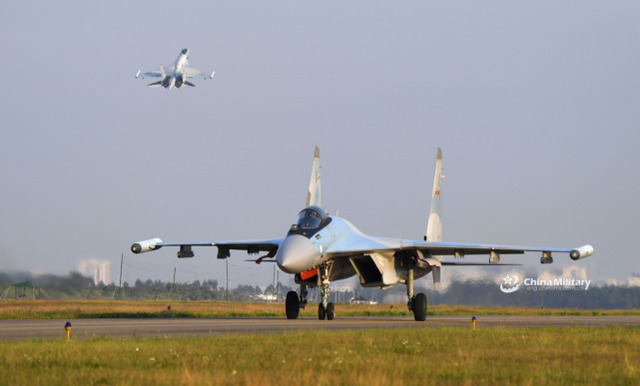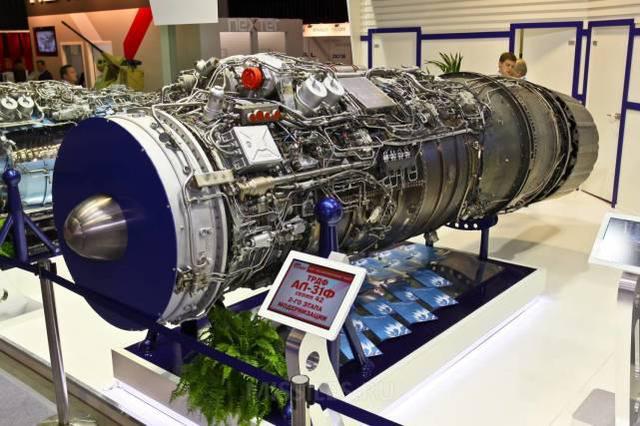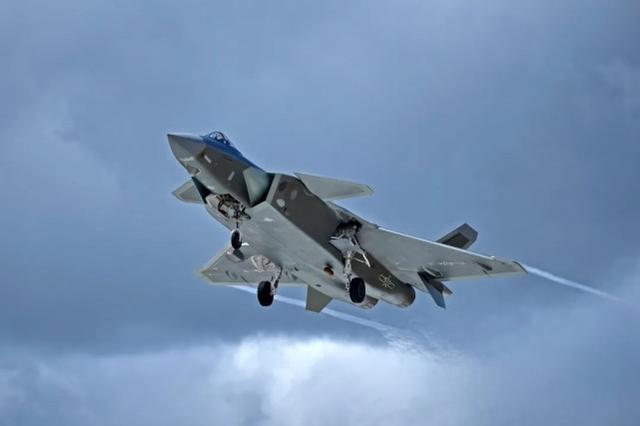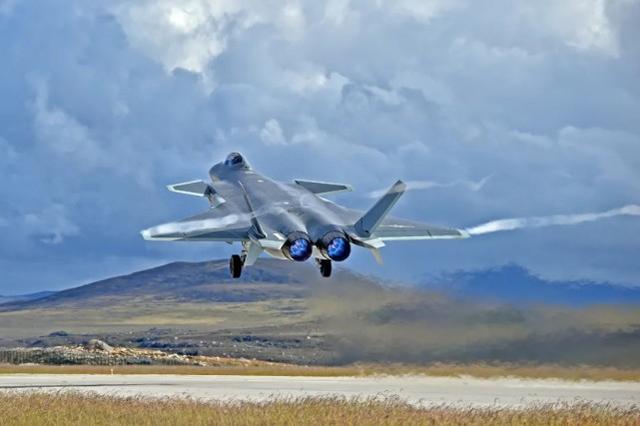According to a report by Russia on the 11th, there were earlier media reports that China’s J-20 stealth fighter will no longer use Russian-made AL-31F engines, but choose to use domestic engines.
Russian experts believe that China does intend to take “import substitution” measures when manufacturing fighter jets, but so far, this has not been technically possible. However, it is only a matter of time before China solves this problem.
The South China Morning Post reported last week that China’s fifth-generation stealth fighter J-20 will no longer use Russian-made AL-31F engines in the future, because Russia insists on tying future sales of AL-31F engines with the deal to buy more Su-35s.
“China cannot rely on Russian-made engines because Russia asks China to buy more Su-35 fighters in exchange for the deal on the AL-31F engine,” a person familiar with the matter told the South China Morning Post.
Vasily Kashin, a senior researcher at the European and International Integrated Research Center of the Russian Higher School of Economics and an expert on China’s defense industry complex, said he disagreed with the conclusion of the South China Morning Post, saying that “Russia has never linked the delivery of the AL-31F engine to China to the purchase of any Russian fighter jets, e. It’s Su-35. Russia had already supplied China with a large number of improved engines before the two countries signed a procurement agreement for Su-35 fighters in 2015.”
According to the report, China was the first foreign customer to obtain Russia’s 4++ generation Su-35 multi-purpose, super-mobile fighter. In 2015, China purchased 24 Su-35 fighters from Russia.
However, the South China Morning Post said that China has no intention to purchase more Su-35 fighters. Sources from the newspaper said that China’s aviation industry has given J-16 fighters, if not superior, performance similar to Su-35s.
In addition to having a larger combat radius, the Su-35 is inferior to China’s J-16 in other tactical and technical performances, such as airborne radar, navigation system and other electronic components.

Kashen said that although the (Chinese) media actively reported that the Chinese Air Force had purchased a large number of J-16 fighters in recent years, saying that they used active phased array radar, there was no reason to think that their actual combat capabilities were better than that of the Russian Su-35s.
The Chinese Air Force believes that the procurement of the Su-35 is valuable, deploys it in important strategic areas and participates in major exercises regularly.
Russian experts pointed out, “There is no doubt that China intends to switch to the production of fifth-generation fighters that use domestic engines completely.
That will certainly happen over time, just as after years of effort, the engines of China’s fourth-generation fighter jets have been imported to replace.”
The South China Morning Post said that the Chinese Air Force is transitioning to the WS-10C engine, which is an upgraded model of the WS-10 turbojet engine.
A person familiar with the matter confirmed to the newspaper that future J-20 fighters will be equipped with WS-10C engines, which they believe are similar in performance to the AL-31F.

However, the source admitted that the AL-31F and WS-10C were both temporary solutions, and the J-20 should have been equipped with a new WS-15 engine to enter mass production.
The WS-15 engine developed by China since 2005 allows J-20 fighters to keep flying at supersonic speed without using an afterburner.
Konstantin Makiyanko, deputy director of the Russian Center for Strategic and Technical Analysis, stressed that any aeroengine is the most technological product in the mechanical manufacturing industry.
It is no exaggeration to say that this is the peak of the industry. The number of major motors in the world is far fewer than the number of nuclear countries.
For example, few companies can produce jet engines with a thrust of 12-14 tons for medium-sized civilian passenger aircraft, such as Boeing 737 and MS-21: Pratt & Whitney of the United States, Ro Ro of the United Kingdom, United Engine Manufacturing Company of Russia, and the cooperating General Electric and the French Saifeng Group.
That is to say, only five economic entities from four countries can produce. Similarly, the above situation also applies to engines used in military aircraft.

Makiyanko believes that sooner or later China will join this “privileged” club. But whether you have joined at present is a big question.
For example, the engine may get a rated thrust of 15-20 tons, but the problem arises – how long the engine lasts, how reliable it has been, and whether the engine is sampled or has been mass-produced.
He said, “It is too early to talk about China’s overtaking Russia in engine manufacturing.
The news is questionable, and if one or two sample engines have been tested at this stage, it doesn’t mean the problem has been resolved.”
Kashen said that the only problem is the time it takes for China to solve this problem and how much progress Russia and the West will make in engine manufacturing by then.



